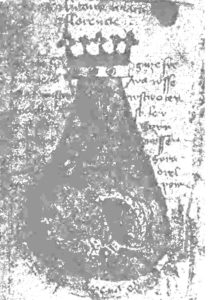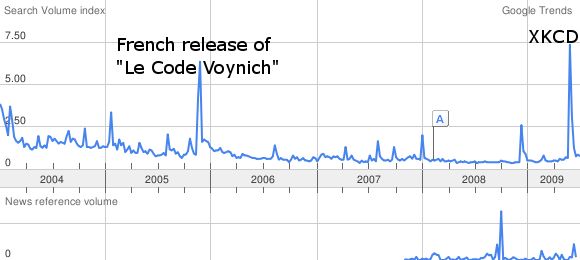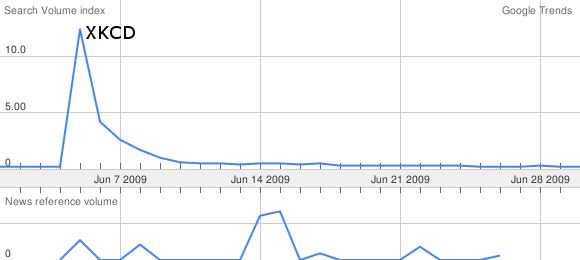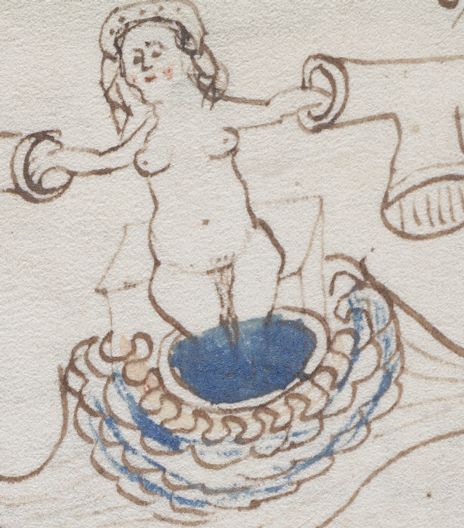I’ve just received (directly from the author, thanks!) a copy of Vladimír Karpenko’s admirably thorough 1990 AMBIX paper on the “cesta spravedlivá” pair of manuscripts. From his analysis, it seems very much as though these are both genuinely 15th century and (just as Rafal predicted) entirely unconnected with the VMs. Oh well! 🙁
Even so, the secret history of the mysterious “Antonio of Florence” (whose alchemical presence lurks behind this whole constellation of documents) is something which nobody seems to have tried to piece together in any substantive way. Of course, my particular interest in this lies in whether it has anything to do with Antonio Averlino of Florence (1400-ca.1469), whose libro architettonico (1455-1465) demonstrated familiarity both with books of secrets and with alchemical concepts (fol. 102r), and whose life prior to 1433 is largely unknown.
Right now, here is how the evidence sits:-
(1) As far as the alchemical background goes, the first two Latin works of Bohemian alchemy appeared circa 1400, attributed to “Johannes Ticinensis” – “Processus de lapide philosophorum” and “Aenigma de lapide“. Though both are now lost, German translations of them appear in the (1670) “Drei vortreffliche chymische Bücher des Johann Ticinensis, eines böhmischen Priesters, Antonii Abbatia, eines der Kunst erfahrenen Mensch und Eduardi Kelläi, eines weltberühmten Engländers, Tractate“, and in the even less snappily-titled (1691) “Johannis Ticinensis, eines Böhmischen Priesters/ Anthonii de Abbatia, eines in der Kunst erfahrenen Mönchs/ und Edoardi Kellaei eines Welt-berühmten Engländers vortreffliche und ausführliche chymische Bücher; Allen der geheimen und Hohen Kunst-Liebhabern zu Nutz und merklichen Unterricht in Teutscher Sprach übergesetzt/ und herausgegeben durch einen/ der niemahls genug gepriessenen Wissenschaft sonderbaren Befohrderer. Mit einer Warnung-Vorrede wider die Sophisten und Betriger“. (Neither is currently available on the Internet, I believe). This really should be the starting point for any study of Bohemian alchemy.
(2) In the first half of the 15th century, a Bohemian by the name of Jan z Lazu was noted (in several documentary sources) as having been skeptical about alchemy. Bohuslav Balbin (“Balbinus”) mentions two of his lost works: “zlato blato” (“Gold – Mud”?) and “aurum luttini” (I can’t read that final word satisfactorily, so please say if you know what it is supposed to say). Wraný (1902) “Geschichte der Chemie und der auf chemischer Grundlage beruhenden Betriebe in Böhmen bis zur Mitte des 19.Jahrhunderts” summarizes what (little) is known about Jan z Lazu. Not consulted (though Rene Zandbergen has apparently seen this).
(3) In medieval Bohemia, Northern Italian ore prospectors (known locally as “Vlach” or “Wallach”) often kept their secret notes in books known as “Wallenbuch”. According to Wraný (1902), the earliest Wallenbuch dates to 1430 and is attributed to “Antonious von Medici”. Of course, after 1945 Breslau became Wroclaw, which is why I don’t yet know where this intriguing-sounding Wallenbuch is. Not consulted (though the two Wroclaw academic libraries here and here are where I’d start).
(4) In the last few days, Daniele Metili very kindly left a comment here on Cipher Mysteries noting a hitherto unremarked “Anthony of Florence” reference. Noted in Kristeller’s famous “Iter Italicum (Alia Itinera I)”, Olomouc State Archive manuscript #349 (described on pp.133-134 of this scan of J. Bistricky, M. Bohåcek, F. Cåda, “Seznam Rukopisu Metropolitní Kapituly v Olomouci,” in Ståtní Archiv v Opave, Pruvodce po archivních fondech III [Pruvodce po statních archivech XIV; Prague, 1961]) is a collection of late 15th century alchemical works (“Varia praecepta alchimistica in latina et germanica lingua”), one of which is entitled “Fixatio argenti magistri Antonii de Florencia probata per Johannem de Olomucz discipulum eius“. Not consulted (but very intriguing, nonetheless). Who was this Johannes of Olomouc? Though the generally-best-known “John of Olomouc” from the 1400s was a Hussite burned alive in 1415, this seems unlikely to be connected at all. Might this person (as Rafal Prinke suggested) have instead been Jan z Lazu?
(5) 1457 “cesta spravedlivá” manuscript (supposedly by Antonio of Florence’s Czech servant) was composed.
(6) After 1606 (and probably before 1610, I’d guess), a document commenting on the “cesta spravedlivá” was written, presumably in Prague and close to the Rudolfine Imperial Court.
(7) According to Zibrt (thanks Rafal!), in 1611, two versions of the “Tractatus I. de secretissimo philosophorum arcano, II. de lapide philosophico” were printed in Prague. These were attributed to Jan z Lazu, who claimed (in one of the versions) to have been a follower of Antonio of Florence. This same printed edition was later noted by Bohuslav Balbin (“Balbinus”). Jan Hurych believes that this was (or was derived from) an original 15th century work, which is certainly possible.
(8) In 1613, the same small book was reproduced in “Theatrum Chemicum” volume IV.
(9) Around 1704, what I call “the Leopold copy” was executed: this included copies of the “cesta spravedlivá” manuscript, and an “observationes quaedam…” text (which seems to have been based on an earlier document (marked (6) above).
What is going on here? I think it is important to note that nowhere in the cesta spravedlivá is any explicit connection made with Jan z Lazu – the connection with him only seems to have been made after 1600 or so. This, however, would depend on whether the alchemical manuscript upon which the 1611 books were based was genuine or fake – I’m not sure if this question has been asked. Could it be that the two people genuinely linked here were actually “Antonio of Florence” and “John of Olomouc” (as per the Olomouc manuscript), but that circa 1610 somebody guessed (wrongly?) that John of Olomouc and Jan z Lazu were the same person, and so felt the need to construct a secondary, nationalistic alchemical work to fill in the large gap between the two?
There’s a really great paper waiting to be written here (though probably not really enough for a dissertation), trying to answer one question: how do all these fragments relate to one another?
But there may yet be an even simpler answer: here’s a reference [pp.71-72] to a Prague apothecary from circa 1400-1420 called “Antonius de Florencia” that I dug up. Someone with better access to the archival sources should be able to work out precise dates for this person, as he would seem to be a far more local (and likely) candidate for the mysterious alchemist at the heart of this story:-
Restaurování gotické malby v domě U Lilie čp. 459/I, Malé náměstí 11 Ve 14. století si bydlení Na Malém náměstí oblíbili lékárníci, zejména italští. Roku 1346 přišel do Prahy Angelus de Florencie, který založil na pokyn Karla IV. bota- nickou zahradu v Jindřišské ulici na Novém Městě pražském, v místě dnešní hlavní pošty. V roce 1353 pobýval v Praze Augustinus de Florencie, lékárník a budoucí vlastník vedlejšího domu čp. 459/Ia, nyní zvaného Rychtrův dům, v jeho živnosti po-
kračoval sestřenec (bratranec z matčiny strany) Matěj z Florencie. První zmínka o domu U Lilie pochází z r. 1402, kdy již nesl dnešní pojmenování a byla zde Rudol- fova lékárna. Ve 14. století vlastnil lékárnu lékárník z Florencie Onoforio, od kterého zakoupil vinici na Slupi lékarník Antonius de Florencia, který byl majitelem vedlej- šího domu čp. 459/I, dnes součást Rychterova domu; oba objekty byly patrně v té do- bě spojeny.
Incidentally, looking at a modern map, I’d guess (so please correct me if I’m wrong!) that “Laz” is actually the town of Łazy in Upper Silesia (southern Poland), a good way away from Olomouc. Hmmm… could it be that the town of “Łazy” was some kind of verbal inspiration for the Icelandic children’s TV show Lazytown? Of course, that’s a thoroughly stupid (if not “rotten”) question – but I thought it would be fun to be the first one to ask it. 🙂






